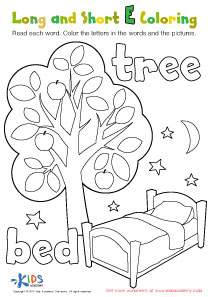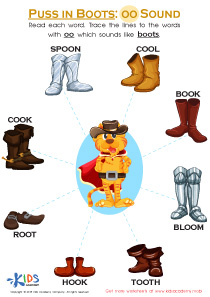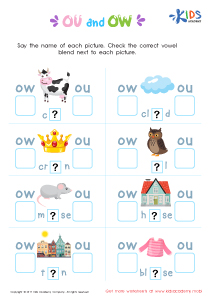Long And Short Vowel Worksheets for Ages 3-4
6 filtered results
-
From - To
Introduce your young learners to the wonderful world of vowels with our engaging Long and Short Vowel Worksheets for ages 3-4. Designed to build a foundational understanding, these printable worksheets help children identify and differentiate between long and short vowel sounds. With vibrant illustrations and interactive exercises, kids will enjoy learning as they practice their phonics skills. Perfect for both classroom and at-home activities, our worksheets make learning vowels fun and effective! Visit Kids Academy to download your free worksheets today and kickstart your child’s reading journey! Ideal for preschool and pre-K learners.
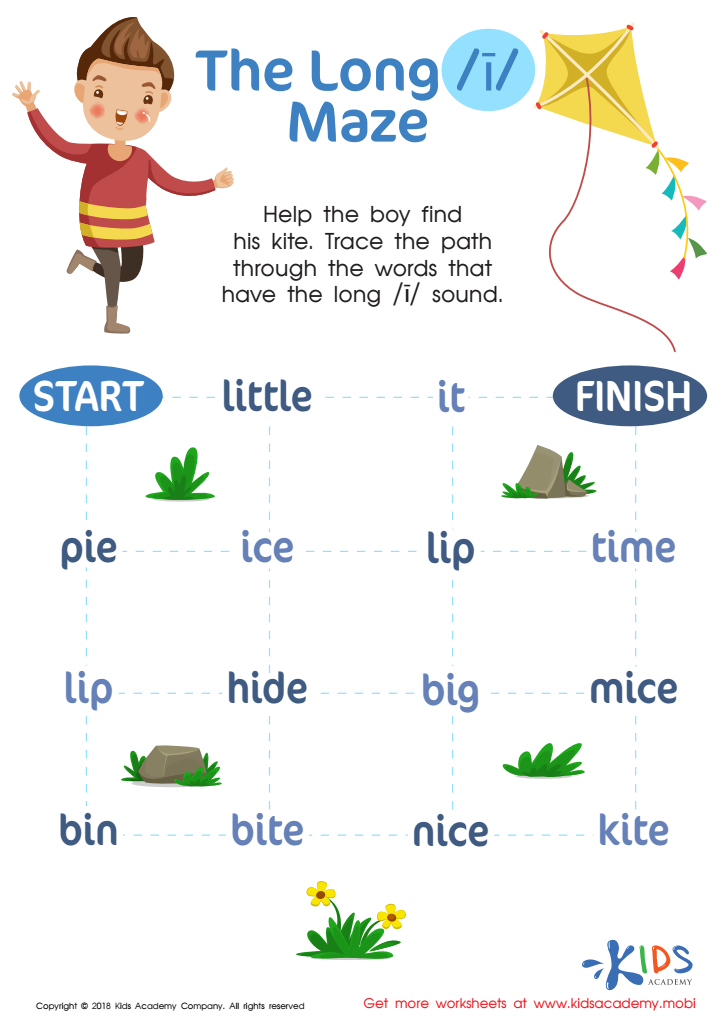

The Long I Maze Reading Worksheet


The Short I Words Reading Worksheet
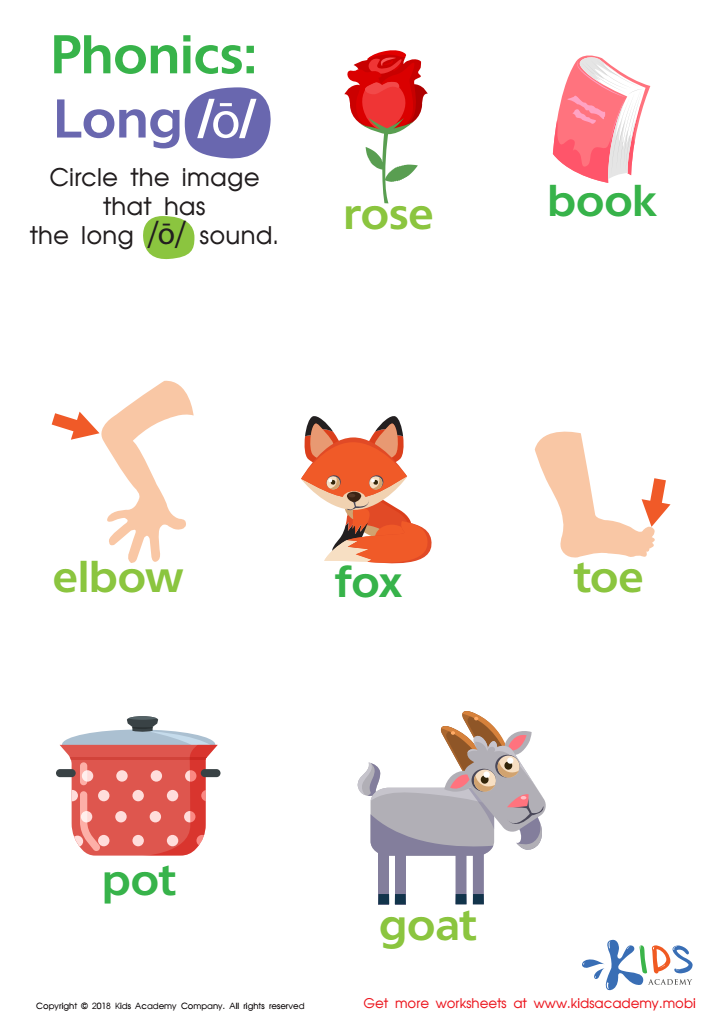

Phonics Long O Reading Worksheet


short vowels Worksheet
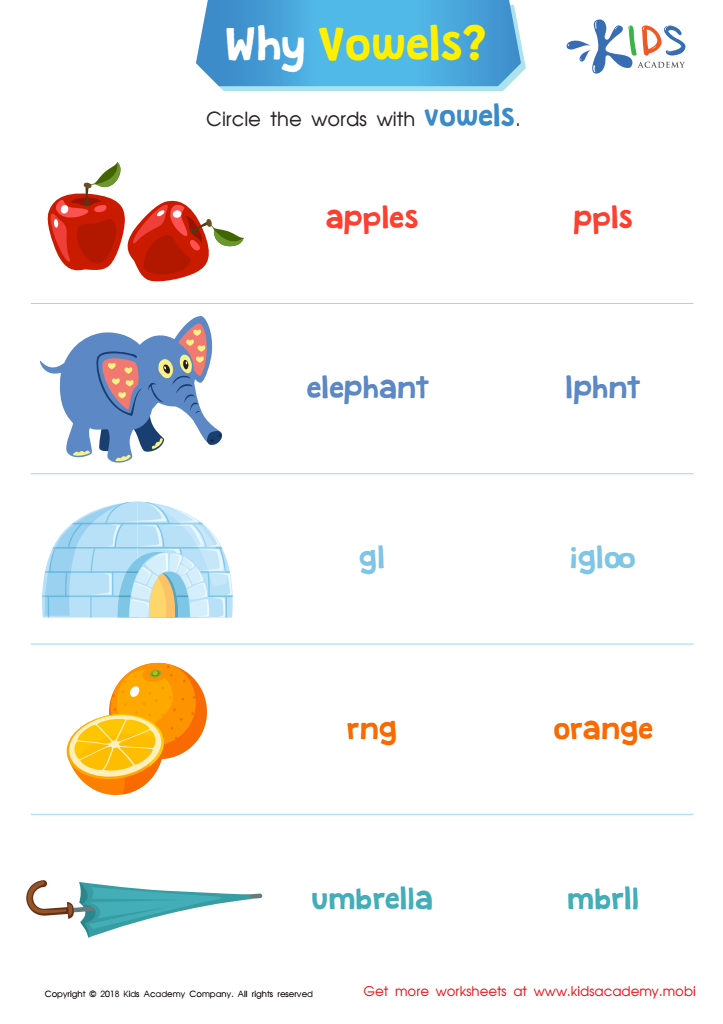

Why Vowels? Reading Worksheet
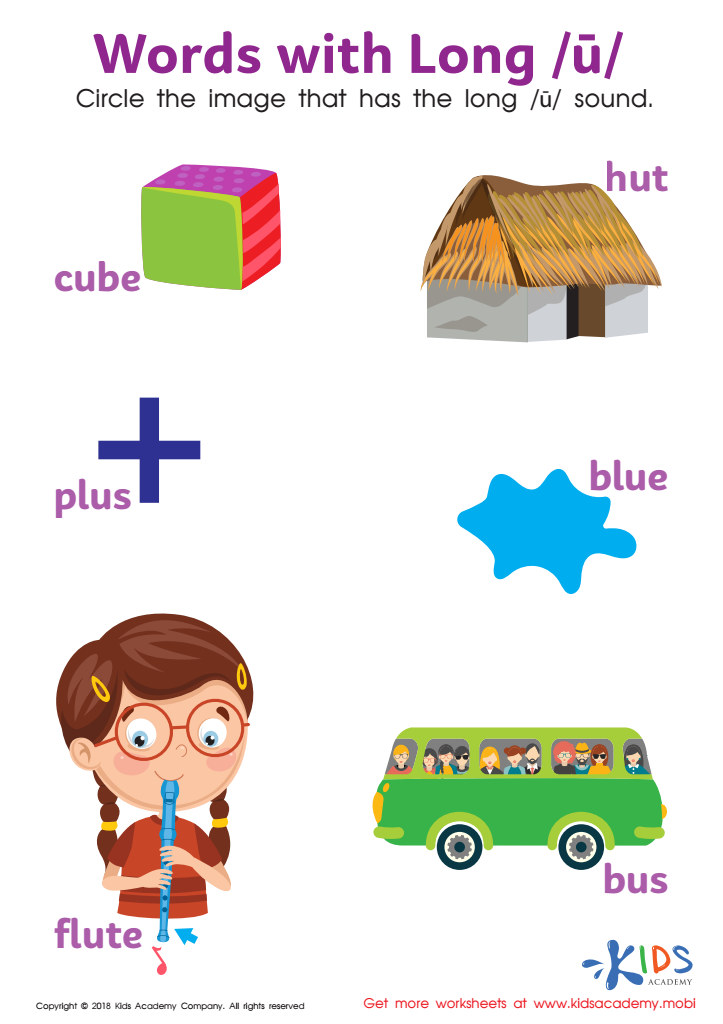

Words with Long U Reading Worksheet
Understanding long and short vowels is crucial for young children aged 3-4 as it forms the foundation of their reading and speaking skills. At this age, children are developing their phonemic awareness, which is the ability to hear and manipulate individual sounds in words. By introducing long and short vowel sounds, parents and teachers can help children recognize patterns in words, making it easier to decode and read new words in the future.
Recognition of vowel sounds also supports proper pronunciation and spelling. For example, knowing the difference between the short vowel sound in "cap" and the long vowel sound in "cape" helps children understand how vowel sounds impact the meaning and structure of words. This awareness becomes critical when they start to read more complex texts and begin writing.
Moreover, familiarity with vowel sounds aids in vocabulary building. As children learn to associate vowel sounds with familiar words, they can more quickly grasp new words and expand their language skills. By fostering an engaging and supportive environment for learning vowels through songs, stories, and phonics games, parents and teachers lay a strong groundwork in literacy that significantly benefits children's academic success and communication skills in later years.

 Assign to My Students
Assign to My Students









